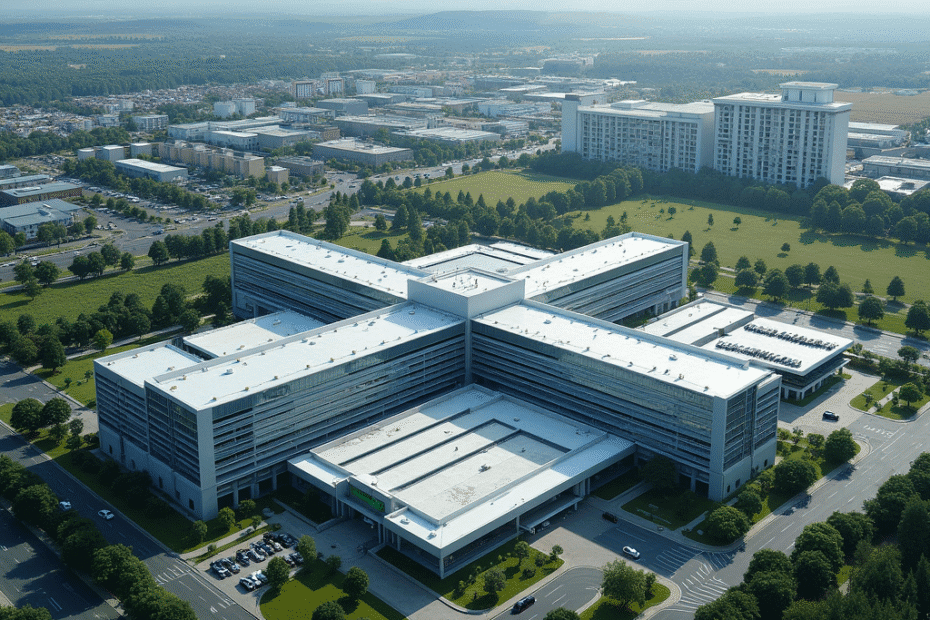Hospital costs in the United States continue to rise at an alarming rate, outpacing inflation and putting significant strain on patients, insurance companies, and government programs. This statistical analysis examines the factors driving these escalating expenses, the broader impacts on healthcare spending nationwide, and potential solutions to address this growing crisis. Understanding these trends is crucial for policymakers, healthcare providers, and patients alike as we face the economic realities of modern medical care.
Key Statistical Trends in Hospital Expenditures
Hospital costs have demonstrated consistent and substantial growth over the past decade, with inpatient costs increasing by approximately 6.8% annually—more than triple the general inflation rate. According to the latest data from the Centers for Medicare and Medicaid Services (CMS), hospital expenditures now account for nearly 33% of all healthcare spending in the United States, totaling over $1.2 trillion annually. Emergency department visits average $1,389 per patient, while the mean cost of a standard hospital stay has reached $11,700. For complex procedures requiring intensive care, patients can face bills exceeding $100,000. Statistical analysis reveals that administrative overhead represents nearly 25% of these costs, with pharmaceutical expenses and advanced diagnostic procedures contributing an additional 31% and 18% respectively. These figures illustrate not only the magnitude of hospital spending but also identify the primary cost drivers requiring intervention.

…
Regional Variations and Demographic Impacts
Hospital costs demonstrate significant regional variability, with the Northeast and West Coast experiencing the highest average expenses—up to 28% above the national median. Statistical modeling indicates this variation cannot be explained by regional cost-of-living differences alone, suggesting structural inefficiencies in certain markets. Demographic analysis reveals disproportionate impacts across population segments: Medicare data shows seniors (65+) generating 42% of hospital expenditures despite representing only 16% of the population, while those with chronic conditions account for 67% of all hospital costs. Perhaps most concerning, statistical correlations demonstrate that areas with higher hospital concentration (fewer competing facilities) experience costs approximately 19-37% higher than more competitive markets. These patterns suggest that both demographic shifts and market dynamics play critical roles in the escalation of hospital expenses across different regions and population groups.

Economic Ripple Effects and Future Projections
The economic implications of rising hospital costs extend far beyond the healthcare sector, with statistical models indicating significant macroeconomic impacts. Each percentage point increase in healthcare spending correlates with a 0.3% reduction in wage growth as employers divert compensation toward health benefits. Public health economists project that without substantial intervention, hospital costs will consume 38% of total healthcare spending by 2030, requiring an additional $287 billion in annual funding. Regression analysis of current trends suggests hospital prices will increase by approximately 47% over the next decade, outpacing both inflation and GDP growth by significant margins. Perhaps most concerning, statistical forecasting indicates that rising hospital expenditures will contribute to an estimated 2.1 million personal bankruptcies over the next five years if current patterns continue. These projections underscore the urgent need for systemic reforms to address the underlying drivers of hospital cost inflation before they create even broader economic consequences.
